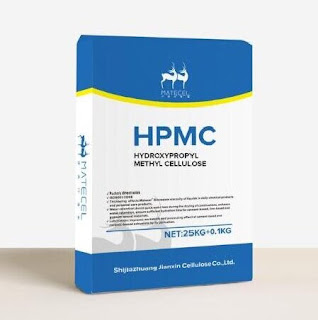why are aluminum cans coated with plastic film on the inside?
why are aluminum cans coated with plastic film on the inside?
You've probably heard some horror stories about your soda of choice. But could the seemingly insignificant and greatly overlooked soda be worse for you than the drink inside?
A lot happens to soda cans under their aluminum surfaces. They are lined with a protective cover that prevents the soda inside from reacting with the metal.
Carbonated
Carbonated beverages are often corrosive, not only to our teeth but to metal as well. This is because, in addition to carbonated water and lots of sugar, sodas also contain acid.
Acids react with and corrode all kinds of metals, including the aluminum used in soda cans. If a typical soda is packed in an aluminum can without a protective cover, it can end up eating the material.
This is because of phosphoric acid and citric acid. Soda can manufacturers, such as Ball, have determined that these substances have high corrosion levels and must be compensated for.
To prevent any accidents, a protective coating is added to the inside of the soda can. Usually a polymer plastic lining, this coating protects the aluminum from the soda and prevents them from reacting together.

Food Grade High-Speed Coating Line
What are soda cans made of
Soda cans are made of aluminum. There is also a protective soda can liner made of resin, usually polymer or epoxy, but sometimes many different materials are used instead: polyethylene, polypropylene, polyester, styrene, acrylic fiber, vinyl plastic.
There are several other factors that must be considered when manufacturing these critical liners. It is not only important for them to be affordable, but they must also be
Cureable, so they can harden
Be strong and stable, so they won't tear or break when handling cans
Flexible to accommodate different can shapes
Paintable and easy to apply
Sticky so they stay close to the can wall and won't separate
Sustainable, long shelf life
Protective liners are not limited to soda cans. They are an important part of almost all canned foods.
The process of making Coke cans
Shearing, large rolls of metal are cut into sheets on a shear at 160 sheets per minute.
Coating, the internal protective coating is placed on a pre-rolled sheet and cured.
Printing, the sheets are decorated with any printing method the customer desires, then the decorated sheets are coated with a varnish and cured.
Coating A second internal protective coating is placed on the sheet and cured.
SlittingCuts each sheet containing up to 35 blanks into individual blanks, which are then canned.
The finished ends are packaged into tubes for delivery to manufacturing plants and customers.
Body forming body blanks are sent to the body builder where they are formed into cylinders and joined at their side seams by cementing or welding.
The flanged formed cylinders go from the body builder to the flanging machine. Here, the metal at each end is rolled to form a flange at each end of the can.
Spray coating places the final coating on the inner surface of the can. This is a special composite protective coating.
Here the final internal coating is baked and cured through a funnel-type oven, where the time-temperature cycle must be carefully controlled.
The cans are packed into cartons or placed on pallets for delivery to the customer.
Please follow coating line manufacturer LITONG to get your solutions, we also offer Single-Coating Line and Double-Coating Line. Contact us for more.

评论
发表评论